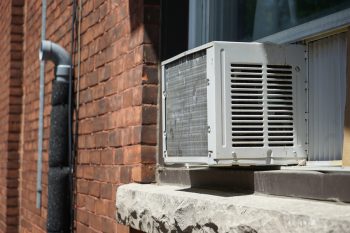
Sure, here is a detailed blog post on “How To Dry Soaked Almonds in the Oven”.
To dry soaked almonds in the oven, start by preheating your oven to a low temperature (150°F to 170°F). Spread the soaked almonds in a single layer on a parchment-lined baking sheet. Place the sheet in the oven and dry the almonds for 12 to 24 hours, stirring occasionally for even drying. The almonds should be completely dry and crisp when done.
Introduction
Almonds are a rich source of essential nutrients and have numerous health benefits. To enhance their digestibility and nutrient availability, almonds are often soaked before consumption. Drying them after soaking can further improve their texture and taste, making them a perfect addition to your snacks. This article will guide you through the steps of drying soaked almonds in your oven.
Why Soak And Dry Almonds?
Soaking almonds can help neutralize enzyme inhibitors and activate beneficial enzymes, making them easier to digest. It also improves the availability of nutrients, giving you more health benefits per bite. Drying these soaked almonds enhances their flavor and gives them a crisp texture, making them a delight to munch on.
Equipment Needed
To dry soaked almonds in the oven, you’ll need a colander for draining, a baking sheet or oven-safe tray, and an oven capable of maintaining a low temperature.
Soaking Almonds Properly
- Place the almonds in a bowl.
- Add enough warm water to cover the almonds.
- Sprinkle a teaspoon of salt for every cup of almonds.
- Let them sit on your countertop overnight, or for about 8–12 hours.
- Drain and rinse the almonds, and pat them dry using a clean paper towel.
Drying Soaked Almonds in the Oven
- Preheat your oven to the lowest temperature possible, ideally between 150°F and 170°F.
- Spread the almonds in a single layer on a parchment-lined baking sheet.
- Place the baking sheet in the oven and dry the almonds for 12 to 24 hours, stirring occasionally to ensure even drying.
- The almonds should be completely dry and crisp when done. You can taste-test them to check for the desired level of dryness and crunchiness.
Common Mistakes to Avoid
When drying soaked almonds in the oven, avoid these common mistakes:
- Not drying the almonds completely: This can lead to mold growth.
- Using a high temperature: This can alter the texture and flavor of the almonds.
- Not stirring the almonds occasionally: Stirring ensures even drying.
Safety Precautions
Ensure the almonds are thoroughly dried before storing them to prevent mold growth. Use a parchment-lined cookie sheet to prevent the almonds from sticking, and store the dried almonds in an airtight container in the refrigerator.
Conclusion
Drying soaked almonds in the oven is a simple process that can significantly enhance their nutritional benefits and taste. Remember to dry them at a low temperature and stir occasionally for even drying. Enjoy your crispy, healthy almonds as a snack or in your favorite recipes!
References
For more information on soaking and drying nuts, check out this comprehensive guide by The Nourishing Gourmet and this informative article by Food Matters.
Frequently Asked Questions
Can I dry soaked almonds in a microwave instead of an oven?
No, it is not advisable to dry soaked almonds in a microwave. The microwave can easily overheat the almonds, altering their texture and flavor. An oven, set at a low temperature, is the best option for drying soaked almonds.
How long can I store dried almonds?
Properly dried almonds can be stored for up to 3 months in an airtight container in the refrigerator. Ensure they are completely dry before storing to prevent mold growth.
Do I have to salt the almonds while soaking?
Salting the water is optional but recommended. The salt helps to neutralize enzyme inhibitors in the almonds, making them easier to digest.
Can I use this method to dry other nuts?
Yes, this method can be used to dry other types of soaked nuts, such as walnuts, pecans, and cashews.
Why is it important to stir the almonds during drying?
Stirring the almonds occasionally during the drying process helps to ensure even drying and prevents the almonds from sticking together.












